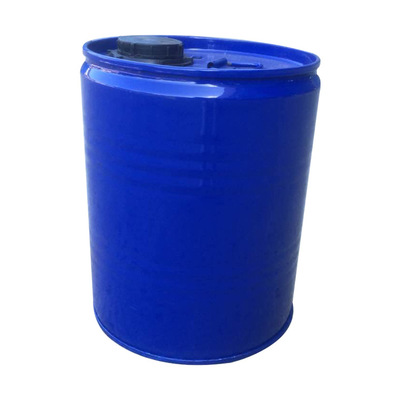[alias]Acetic anhydride, acetic anhydride.
[Molecular formula]C4H6O3
[Property]It is a condensation product of two acetic acid molecules losing a water molecule:

Acetic anhydride is a colorless, volatile liquid with a strong pungent odor and corrosiveness. The relative density is 1.0820, the boiling point is 138.63°C, the melting point is -74.13°C, the viscosity is 0.91mpa s (20°C), the refractive index is 1.390 (20°C), and the spontaneous ignition point is 388.9°C. Soluble in benzene, ethanol, chloroform and ether. When it meets water, it will decompose and produce acetic acid.
[Use of acetic anhydride] is an important organic chemical raw material. It is an acetylating agent for the manufacture of cellulose acetate. It is used in the manufacture of aspirin, synamycin, dimethazole and other drugs in medicine. It is also used in the manufacture of synthetic dyes, spices, pesticides, etc., and can also be used as a dehydrating agent, polymerization initiator, etc.
[Brief recipe]
①Using acetic acid as raw material, ketene is produced by catalytic cracking under high temperature and vacuum, and then absorbed by acetic acid to obtain acetic anhydride.
②Acetaldehyde is oxidized to generate peracetic acid, and then peracetic acid is combined with acetaldehyde to generate acetic anhydride.
[Safety and Protection]Acetic acid is a Class II organic acid corrosive substance, hazard code number: 9400l. Packed in aluminum alloy or plastic barrels, the net weight of each barrel is 100kg, 200kg in aluminum barrels, and 25L in plastic barrels. Pay attention to fire and explosion protection during storage.
Low concentration of acetic acid is non-toxic, and when the concentration exceeds 5%, it is highly corrosive to the skin and has a strong irritating effect on the respiratory tract, esophagus, eyes, etc. When touching the skin It should be washed immediately with plenty of water or 2% baking soda solution.

 微信扫一扫打赏
微信扫一扫打赏

